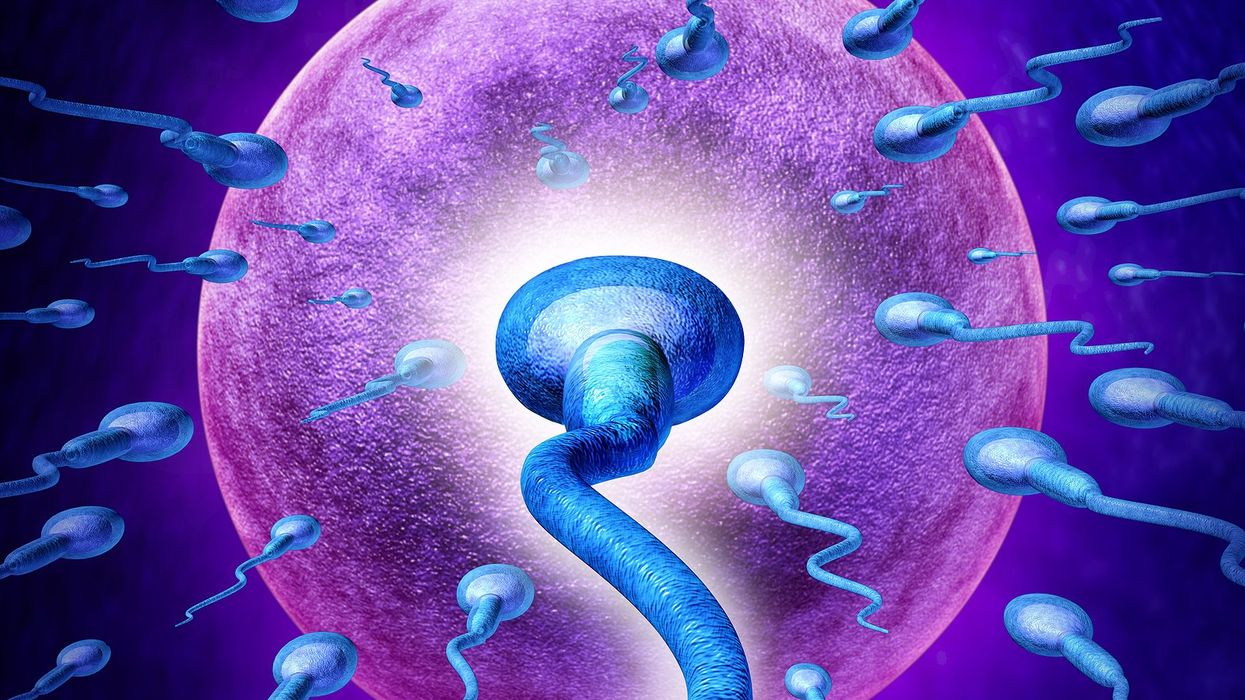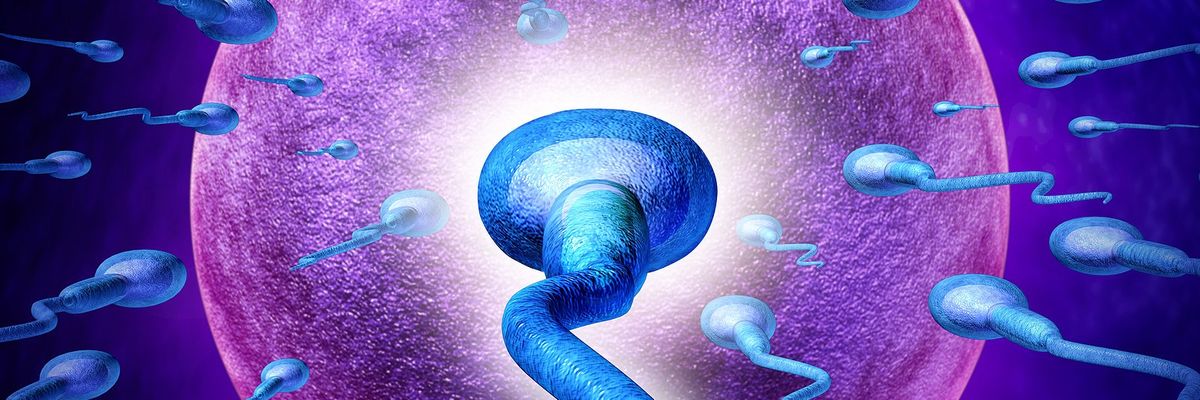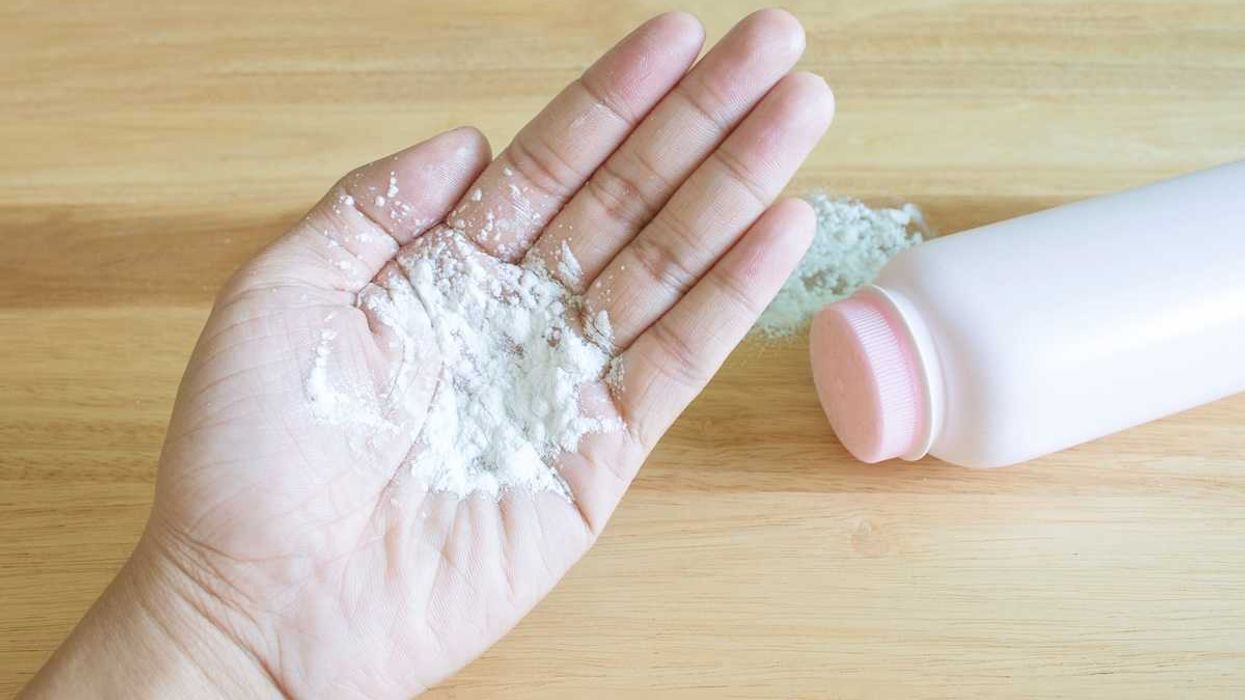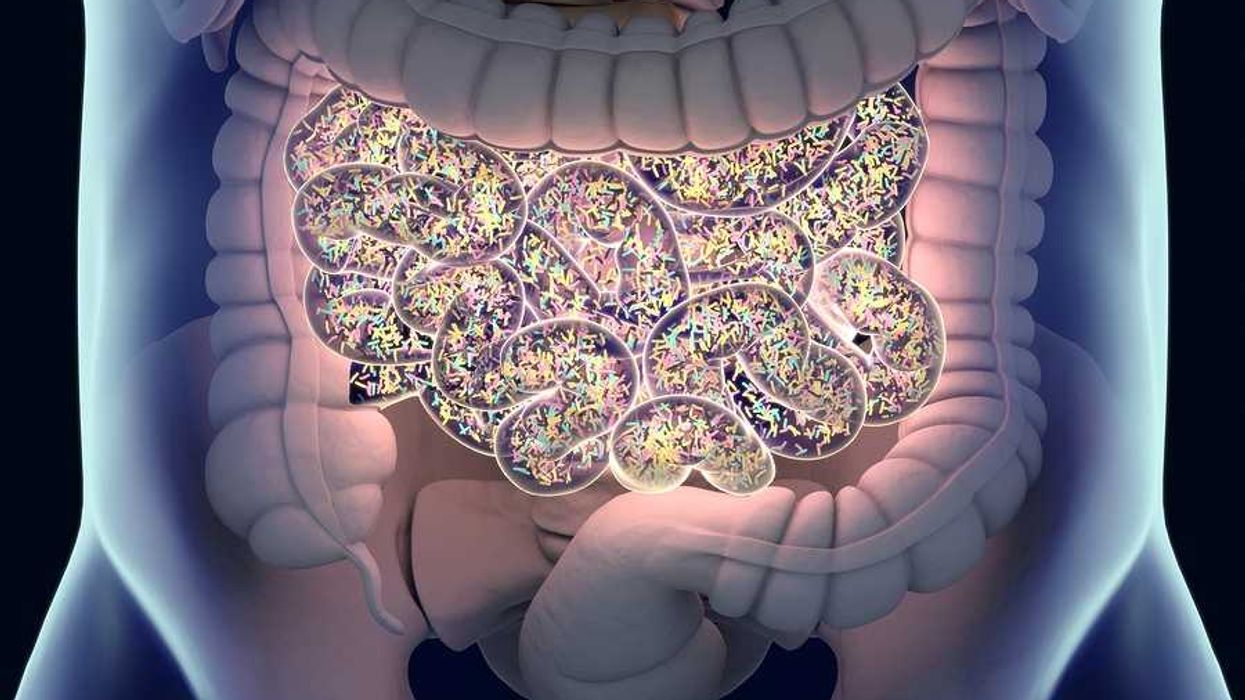New research suggests that male reproductive health may be declining worldwide, with chemicals in food, plastics, and pesticides potentially affecting sperm from infancy through adulthood.
Jessica Grose writes for The New York Times.
In short:
- Endocrine-disrupting chemicals, found in common consumer products, can interfere with male hormone development before birth, during infancy, and through adolescence, potentially lowering sperm count and quality.
- Studies indicate that average sperm counts in men globally have dropped more than 50% since the 1970s, with the decline accelerating after 2000, and chemical exposure may be a key driver alongside lifestyle and societal factors.
- Experts argue that men should start receiving routine fertility assessments and consider preventive measures, like sperm freezing, as male infertility contributes to half of all fertility issues.
Key quote:
“Women are blamed for anything going wrong. We should change that. I have been convinced by the data that men should start getting fertility assessments as a basic standard of care, just like women have annual visits at the gynecologist.”
— Shanna Swan, environmental and reproductive epidemiologist
Why this matters:
Male reproductive health affects not only individual families but also broader demographic trends, including birth rates. While lifestyle factors like diet and stress play a role, chemical exposure is increasingly under the microscope as a silent but powerful threat. For families, doctors, and advocates alike, this isn’t just a men’s health issue; it’s a public health alarm, hinting at broader consequences for population health and environmental regulation.
Read more:
















